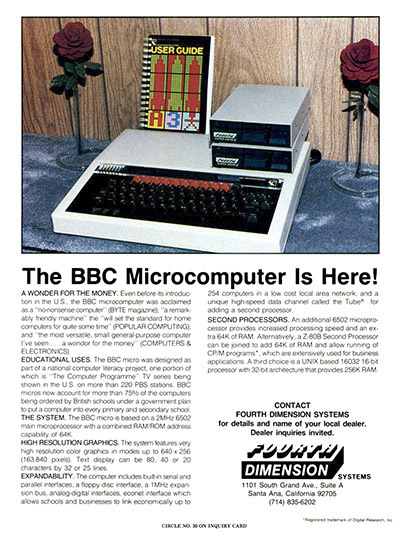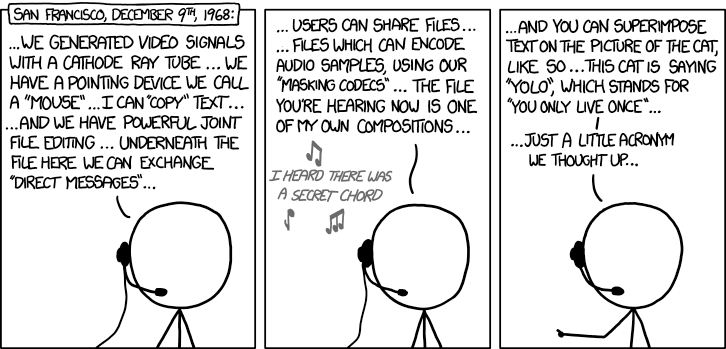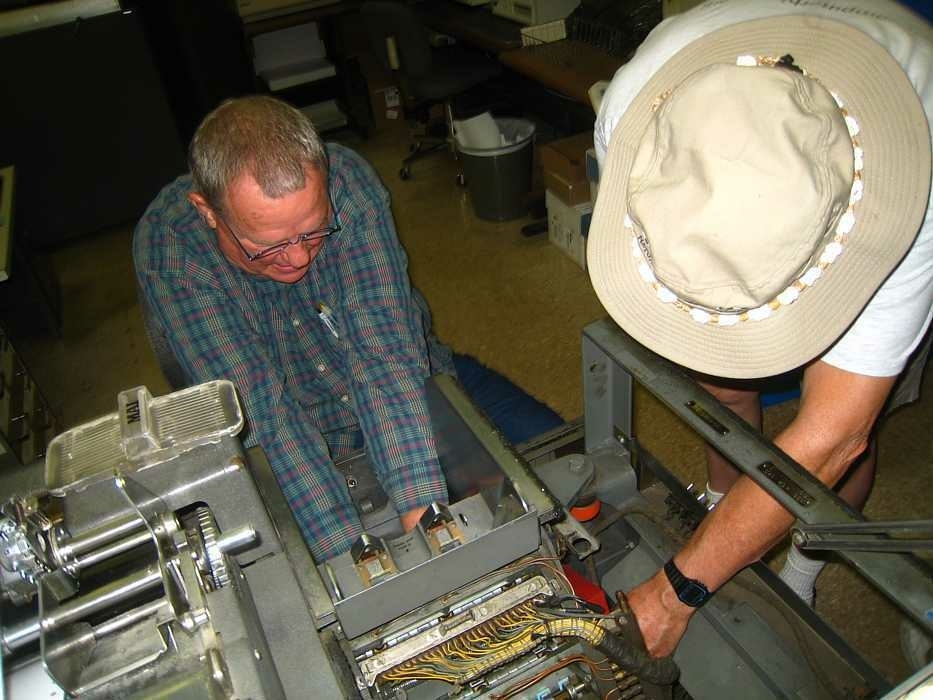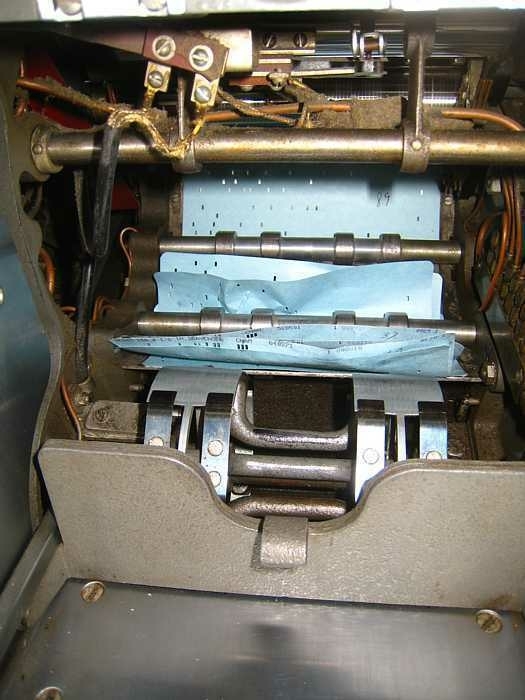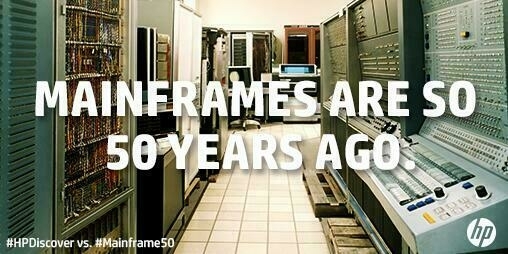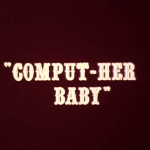The Queen of Code at FiveThirtyEight (Wayback Machine link)
(YouTube video no longer available)
Also, an interview with the director of the short film at NPR, on All Tech Considered: Grace Hopper, ‘The Queen Of Code,’ Would Have Hated That Title
The moth, or first computer “bug” mentioned in the video and audio above.
There’s also a Grace Hopper GitHub sticker (shown below) called the “Gracehoptocat.” The sticker was given out at the Grace Hopper Celebration of Women in Computing (Wayback Machine link).
(Revised and republished April 1st, 2025)

